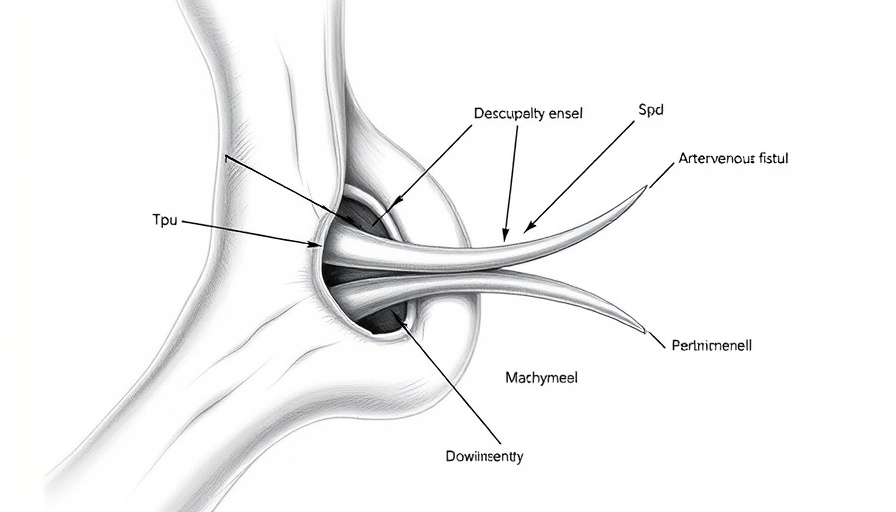
Understanding the Shift to Smart Hospitals
The demand for efficient, patient-centric care in healthcare facilities has brought forth a new paradigm in hospital design: smart hospitals. These institutions leverage cutting-edge technology to create environments that not only respond to patient needs but also optimize resource use and enhance staff safety. As challenges mount—like rising operational costs, regulatory pressures, and the necessity for improved patient outcomes—hospital infrastructure must evolve accordingly.
What Makes a Building ‘Smart’?
At the core of any smart hospital is its building management system (BMS), which acts like the brain of the facility. This system integrates various technological components, managing everything from heating and cooling to security and air quality. By seamlessly coordinating these functions, a BMS ensures hospitals can operate as dynamic ecosystems, adapting in real-time to both patient and staff needs.
Enhancing Patient Safety Through Technology
The importance of air quality in healthcare settings cannot be overstated. For instance, surgical suites and isolation rooms must maintain optimal ventilation to prevent the spread of infections. Advanced BMS technologies can monitor air quality and adjust systems automatically, thereby minimizing the risks associated with airborne pathogens. These proactive measures are especially critical in environments where patient safety is paramount, effectively reducing the occurrences of hospital-acquired infections.
The Financial Benefits of Automation
Beyond safety, smart buildings offer significant financial advantages. Hospitals operate continuously, making them energy-intensive facilities. By utilizing an automated BMS, hospitals can optimize energy consumption by adjusting lighting, heating, and cooling based on real-time occupancy data. This not only curtails unnecessary energy costs but also contributes to sustainability efforts—an increasing priority in healthcare organizations.
The Future of Healthcare Infrastructure
As technology continues to advance, the next generation of healthcare facilities will likely incorporate even more sophisticated systems designed to enhance patient care further. Innovations such as contactless patient monitoring and real-time analytics will help healthcare providers not just react to patient conditions but anticipate them. This evolution towards a more predictive healthcare model requires the foundational support only smart buildings can provide.
Conclusion: Embracing the Future
The discussion around smart hospitals is not just about technology—it's about improving the quality of care patients receive. As we move forward, healthcare organizations must embrace this shift, aligning their infrastructures with the needs of modern medicine.
In conclusion, it is crucial for healthcare leaders to invest in building management systems that promote both sustainability and superior patient outcomes. The integration of automation in hospital design is not only beneficial but essential for creating the healthcare facilities of tomorrow.
 Add Row
Add Row  Add
Add 




Write A Comment